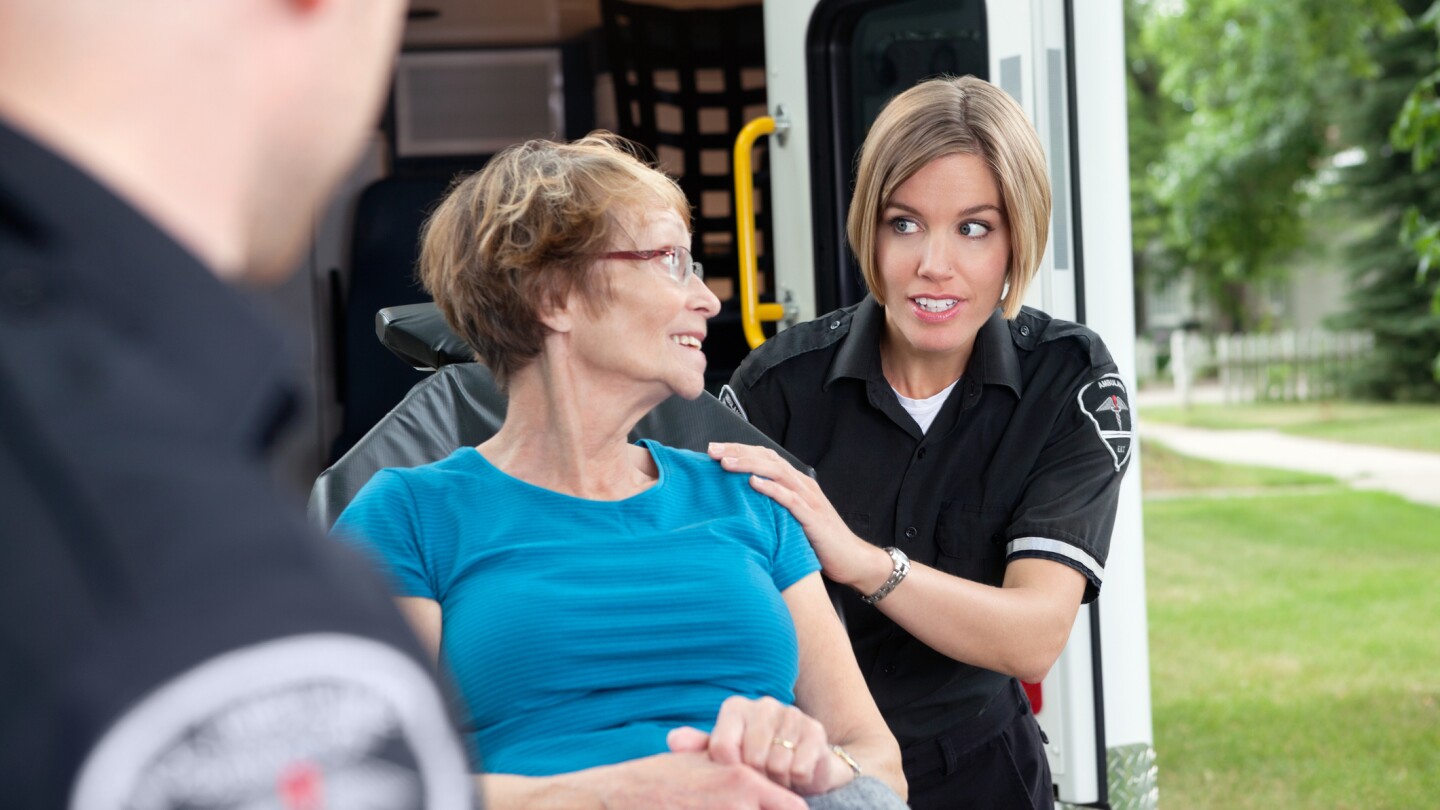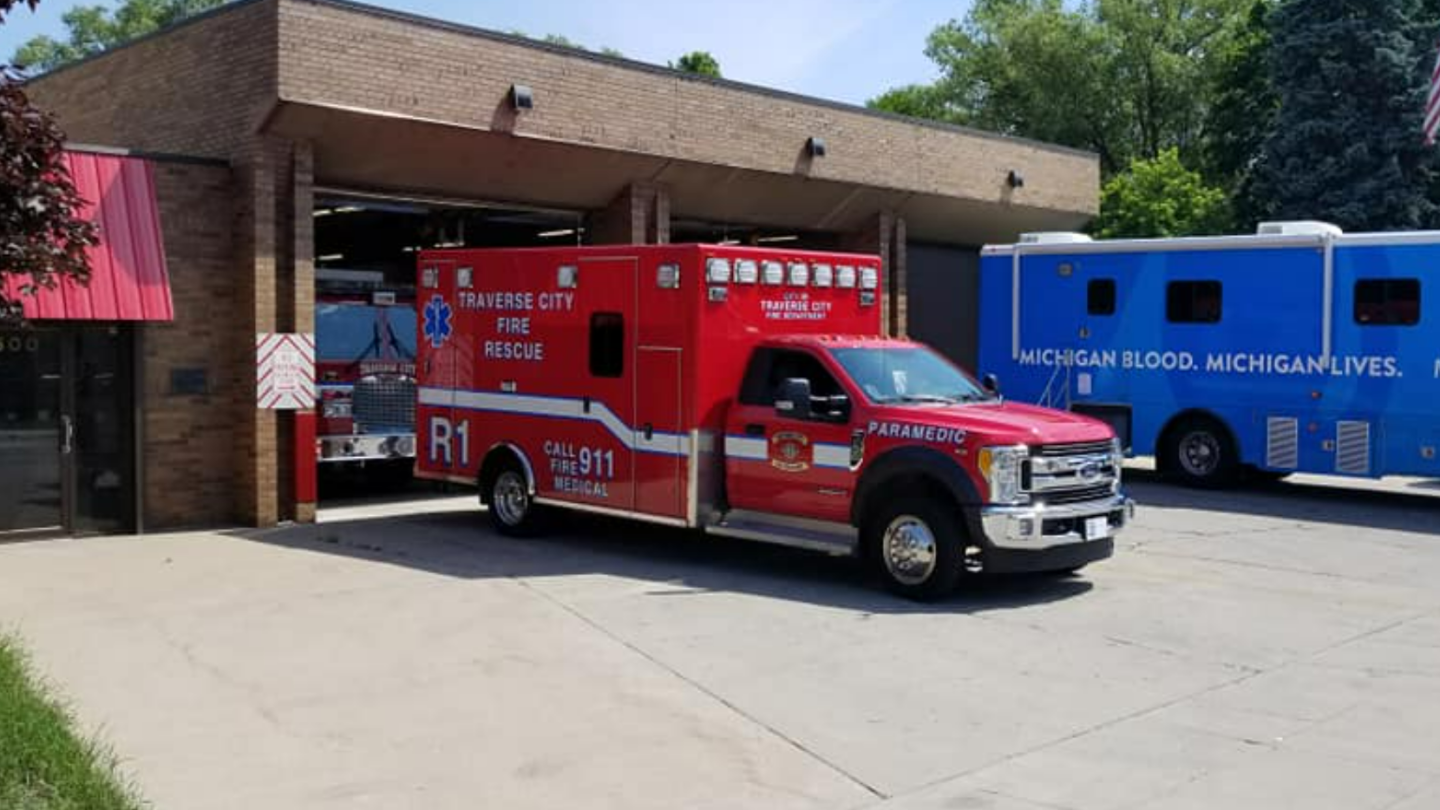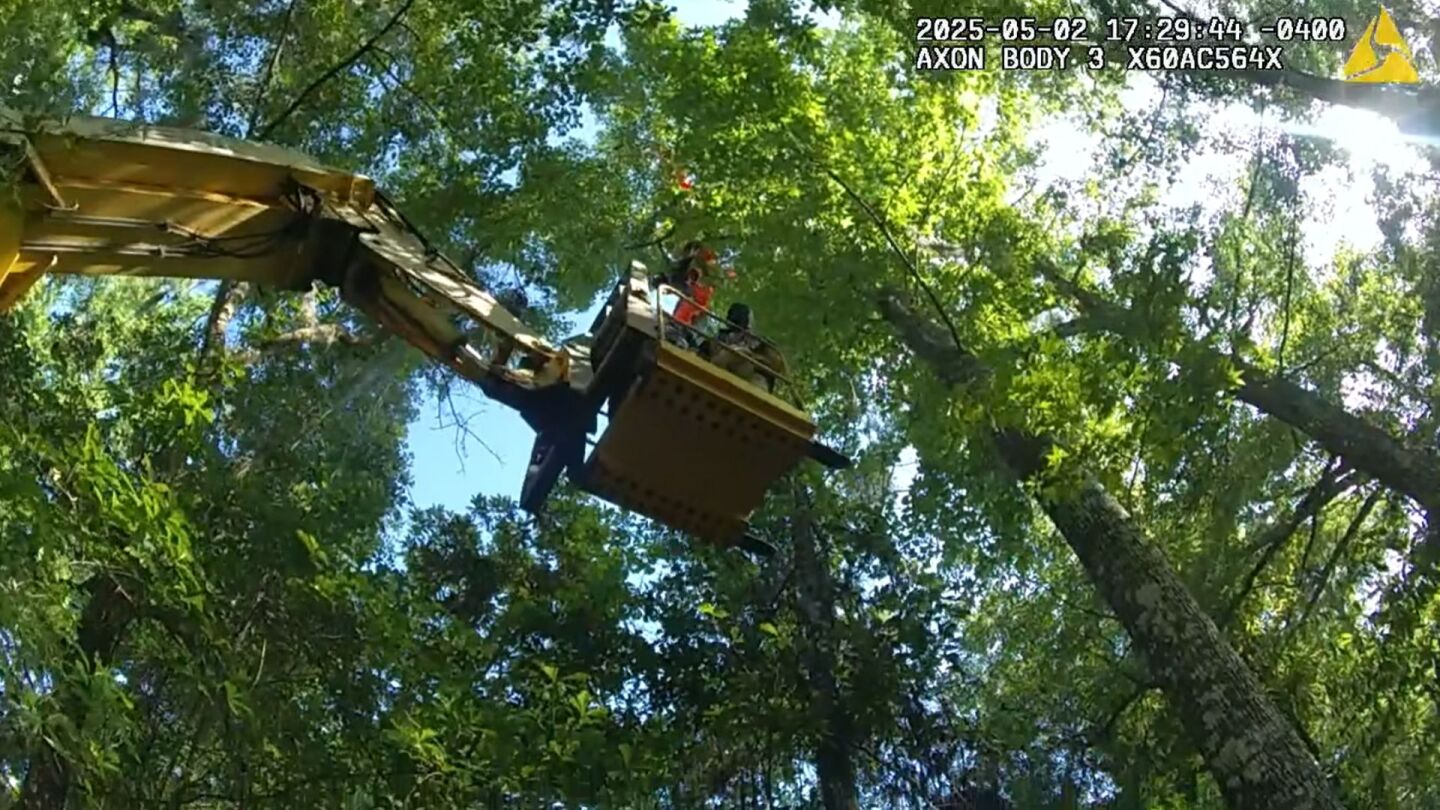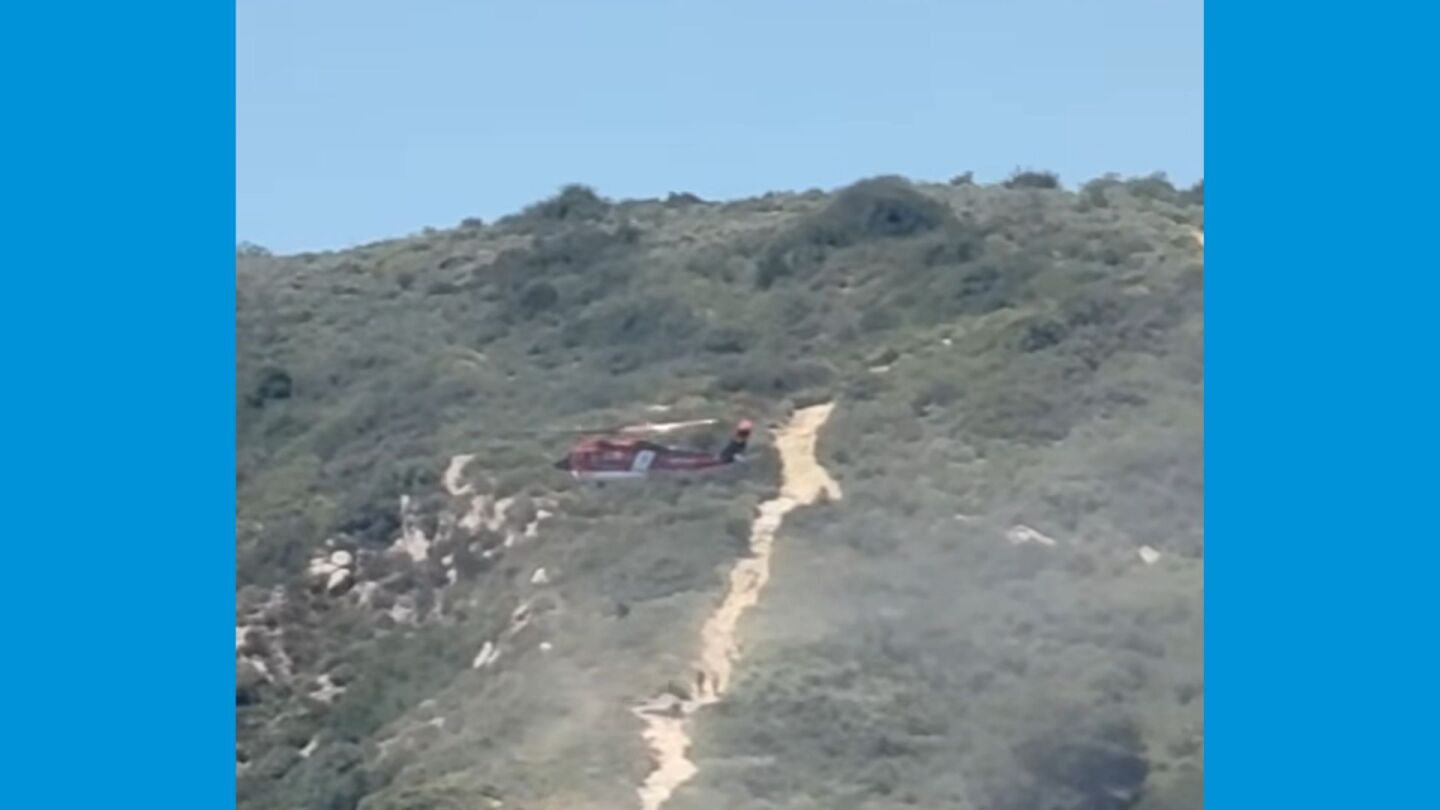Patient Handling
The patient handling topic contains the latest news, information, education and training tips for EMTs and paramedics related to lifting and moving patients.
It’s easy for fire and EMS departments to poorly serve this growing demographic, but training can improve that
Stretcher fall underscores the importance of foundational skills after alleged mishap in New Jersey

EMS lift assists on the rise
What you need to know about lift assist devices, risks, patient assessment and fall prevention
An 8-year-old boy was critically injured after falling 20 feet into a shaft near the top of the Koko Head Trail in Oahu
One man died and at least nine others were hospitalized after high levels of carbon monoxide, flammable gas and methane were found during a gas leak at a Lexington apartment complex
A drive-by shooting in Chicago’s River North neighborhood left four dead and victims taken to Northwestern and John H. Stroger hospitals
A Las Vegas retirement community has been without power since July 2, leaving 155 residents without AC, elevator access or medical device support
San Francisco firefighters rescued a young man who fell from a 13-story building onto an awning
High schoolers visiting Virginia Tech for a summer program fell six feet onto concrete when a utility grate gave way
Chief Robert Perko says delayed 911 calls and lack of oversight among volunteer responders have led to communication breakdowns and risk to patient care
A lifeguard in Asbury Park was impaled by beach umbrella, forcing first responders to cut the metal rod into sections before transporting her to the hospital
Traverse City is ramping up efforts to make its fire department the primary ambulance transport agency, with new hires, paramedic training and additional equipment underway
Two hikers were struck by lightning near the summit of Torreys Peak, prompting a daring helicopter hoist rescue at 14,200 feet, believed to be the highest in Colorado history
A Greyhound bus traveling from Memphis to Nashville collided with another vehicle
An explosion aboard a boat on Florida’s Intracoastal Waterway injured 15 people, including two children
A UCSF-led study using ESO data found EMS providers often failed to recognize status epilepticus during prehospital care, leading to treatment delays and reduced benzodiazepine dosing
Broward County commissioners have backed a proposal allowing non-critical ambulance patients to request transport to a preferred hospital within 10 miles
A go-to test for consciousness or a risky habit? The truth about the sternum rub revealed
Despite profits from a partnership with Falck, city leaders plan a gradual shift to city-run EMS, starting with basic life support while evaluating a full takeover
Pediatric IV tips and tricks I’ve picked up during hundreds of IV placements
A skydiving instructor had to be rescued after getting stuck in a tree while saving a student whose parachute failed during a jump near Palatka
More than two dozen people were rescued across Southern California during a record-breaking heat wave, including 11 hikers in distress on a Newport Coast trail
Sioux City Fire Rescue teamed up with UnityPoint Health – St. Luke’s for a first-of-its-kind emergency evacuation drill
The global campaign trains civilians in tourniquet use, wound packing and more — skills that can mean the difference between life and death before first responders arrive
A fan is in critical condition after falling about 20 feet onto the field at PNC Park during a Pirates game, prompting an immediate pause in play as medical staff rushed to provide aid
At least a dozen were injured after a boat struck a ferry near Clearwater’s Memorial Causeway Bridge, prompting a mass casualty response
Improperly mixed cleaning chemicals triggered a temporary evacuation at The Gardens Skilled Nursing and Rehabilitation center in Colorado Springs
A worker was trapped inside the Sandy Pond Water Tower in Yarmouth after a medical emergency
Make your patient feel less like a sack of potatoes with these tips from Steve Whitehead
MOST POPULAR
- ‘This is evil': Authorities find multiple improvised explosives inside truck in New Orleans attack
- N.Y. rig transporting patient flips onto roof after being hit by vehicle
- 8 dead, at least 40 injured in Fla. bus crash
- Study: Paramedics are shifting to supraglottic airways
- Trespassers rescued from inside abandoned Colo. missile silo






























